Obtenció de LCT's a partir de reïnes epoxi cristall líquid amb estructura de dímer
Departamento/Instituto
Universitat Rovira i Virgili. Departament de Química Analítica i Química Orgànica
Resumen
El present treball té com objectiu l'obtenció de materials entrecreuats conservant una mesofase cristall líquid fixada, comunment denominats LCTs. La majoria de LCTs s'obtenen per entrecreuament de reïnes epoxi cristall líquid amb amines aromàtiques primàries. L'entrecreuament dins de la mesofase porta a materials amb un menor coeficient d'expansió tèrmica i en alguns casos amb un augment considerable del mòdul d'emmagatzematge. L'orientació dels LCTs per entrecreuament dins d'un camp magnètic porta a materials anisòtrops amb una millora de les propietats mecàniques en la direcció del camp aplicat. <br/>En aquest cas, s'han sintetitzat sis sèries de monòmers diepoxídics mesomorfs amb estructura de dímer i que contenen un grup imina dins la unitat mesogènica. S'ha estudiat la influència de la diferent llargària de l'espaciador central i la incorporació de grups èter i èster als extrems del mesògen en el comportament mesomorf. L'estudi de les característiques de cristall líquid s'han caracteritzat mitjançant calorimetria diferncial d'escombrat, microscopia òptica de llum polaritzada i difracció de raigs X. A més d'aquestes tècniques, s'han caracteritzat les propietats mecàniques dels LCTs obtinguts mitjançant anàlisi termodinamomecànica. Dues de les sèries han mostrat mesofases esmèctiques i la resta únicament una mesofase nemàtica. Els resultats obtinguts confirmen la importància de la polaritat del mesogen i de la posició del grup ester entre l'espaciador central i els mesògens per a la formació de mesofases esmèctiques.<br/>S'han obtingut LCTs a partir de l'entrecreuament d'aquest monòmers amb cantitats estequiomètriques de 2,4-diaminotoluè, 4,4'-aminoacetofenona azina, i 2,4-toluendiisocianat sol i catalitzat per 4-N,N-dimetilaminopiridina. També s'han obtingut LCTs per entrecreuament amb 4-N,Ndimetilaminopiridina i diazabiciclo[2,2,2]octà en quantitats catalítiques. Els LCTs obtinguts s'han caracterizat per fixar majoritàriament ordenacions nemàtiques i en alguns casos ordenacions esmèctiques C. En els LCTs obtinguts s'ha posat de manifest la importància de la polaritat del mesogen per l'obtenció de LCTs i de la posició del grup ester entre l'espaciador central i els mesògens per a la formació de LCTs amb ordenacions esmèctiques.<br/>S'han estudiat les propietats mecàniques dels LCTs entrecreuats amb 2,4-diaminotoluè, 4-N,N-dimetilaminopiridina i diazabiciclo[2,2,2]octà. S'han comparat tres tipus diferents de materials, materials isòtrops, orientats en microdominis i materials macroscòpicament orientats. S'han obtingut graus d'orientació petits, tot i que els materials orientats van mostrar anisotropia en el coeficient d'expansió tèrmica.<br/>Obtention of LCTs from liquid crystal epoxy resins with dimeric structure.
The search for new materials with unusual mechanical and thermal properties led to research into liquid crystalline thermosets (LCT's). LC epoxies are the monomers that have been most frequently studied to obtain LCT's. If the crosslinking is carried out in the mesophase, the LCTs obtained have unusual mechanical and thermal properties, low shrinkage upon cure, low thermal expansion coefficients, low dielectric constants and enhanced reaction rates because the ordered structures mean that the reacting groups are close to one another. Several publications describe the physical properties of oriented and unoriented LCT's. Macroscopically oriented LCTs obtained by curing in the mesomorphic state inside a magnetic field led to thermal expansion coefficient and storage modulus having anisotropic characteristics. Thus, the thermal expansion coefficient of macroscopically oriented materials must be lower than that of unoriented materials and the storage modulus must be expected to increase considerably in the direction of the orientation.<br/> I have synthesized six series of liquid-crystalline epoxy resins with aromatic azomethine groups and dimeric architecture, and varied the length of the alkyl spacer. The liquid crystal behaviour of these dimeric glycidylic compounds was studied by diferential scanning calorimetry (DSC), hot stage polarized optical microscopy (POM) and X-Ray Diffraction (WAXS). Two series of them show smectic mesophases and the other show nematic mesophase. From the results we have confirmed the importance of the polarization of the mesogenic groups and the presence of an ester group in the inner position in the formation of smectic mesophases.<br/>I obtained LCT's from these monomers by isothermal curing with equimolecular amounts of 2,4-diaminotoluene, 4,4'-aminoacetophenone azine, and 2-4-toluendiisocyanate alone and catalized with 4-N,N-dimethylaminopyridine. Another LCT's have obtained by isothermal curing with catalytic amounts of 4-N,N-dimethylaminopyridine or diazabicicle[2,2,2]octane. By curing these monomers with primary and tertiary amines we make clear the polarization of the mesogenic groups and the presence of an ester group in the inner position are also determinant to obtain LCTs with a different degree of order. Most monomers produced nematic-like networks, but in one case smectic C mesophase was also locked.<br/>Finally, the mechanical characterization of the LCTs obtained by curing with 2,4-diaminotoluene, 4-N,N-dimethylaminopyridine and diazabicicle[2,2,2]octane was studied by thermodinamicmechanical analysis. The orientation experiments were made by conducting the curing in the same conditions in a NMR probe with a magnetic field of 7.1 T. I compare isotropic materials, LCTs and LCTs obtained inside a magnetic field. Low orientation degrees have led. Macroscopically oriented
Palabras clave
dimers; liquid crystal polimers; liquid crystal monomers; epoxy resins; thermostables; LCT's
Materias
54 - Química
Derechos
ADVERTIMENT. L'accés als continguts d'aquesta tesi doctoral i la seva utilització ha de respectar els drets de la persona autora. Pot ser utilitzada per a consulta o estudi personal, així com en activitats o materials d'investigació i docència en els termes establerts a l'art. 32 del Text Refós de la Llei de Propietat Intel·lectual (RDL 1/1996). Per altres utilitzacions es requereix l'autorització prèvia i expressa de la persona autora. En qualsevol cas, en la utilització dels seus continguts caldrà indicar de forma clara el nom i cognoms de la persona autora i el títol de la tesi doctoral. No s'autoritza la seva reproducció o altres formes d'explotació efectuades amb finalitats de lucre ni la seva comunicació pública des d'un lloc aliè al servei TDX. Tampoc s'autoritza la presentació del seu contingut en una finestra o marc aliè a TDX (framing). Aquesta reserva de drets afecta tant als continguts de la tesi com als seus resums i índexs.


